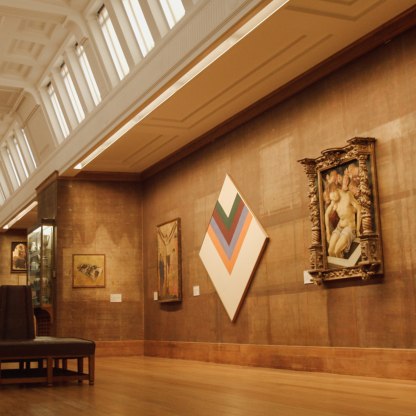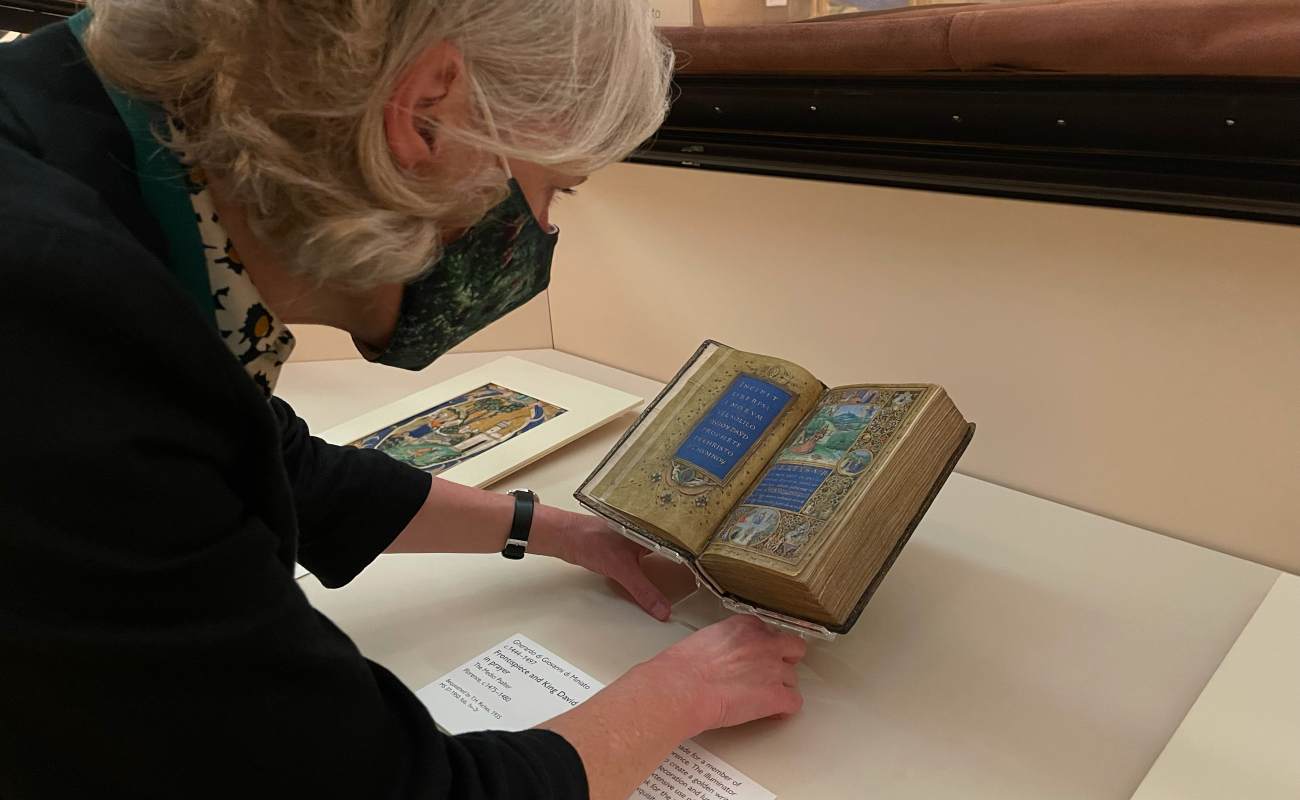Painting with Gold
A display exploring the use of gold in medieval manuscripts.
In medieval Europe, two forms of gold were used to decorate the pages of illuminated manuscripts: gold paint (shell gold) and gold leaf. The supply of gold was difficult, involving the transportation of powdered gold from west Africa across the Sahara to north Africa, and from there to Spain, Italy, and the rest of Europe. In 1252, Florence and Genoa adopted gold currencies, and these florins and ducats provided easily accessible sources of gold for artists and illuminators. The gold was beaten from the coins and used to gild metal and wood, create thread for textiles, and decorate the pages of manuscripts.
Examples of gold in manuscripts are on display in a table case in Gallery 6 and are part of your general admission ticket.
Curators and experts behind this exhibition
Associated Galleries
Sign up to our emails
Be the first to hear about our news, exhibitions, events and more…
.jpg?key=exhibition)

